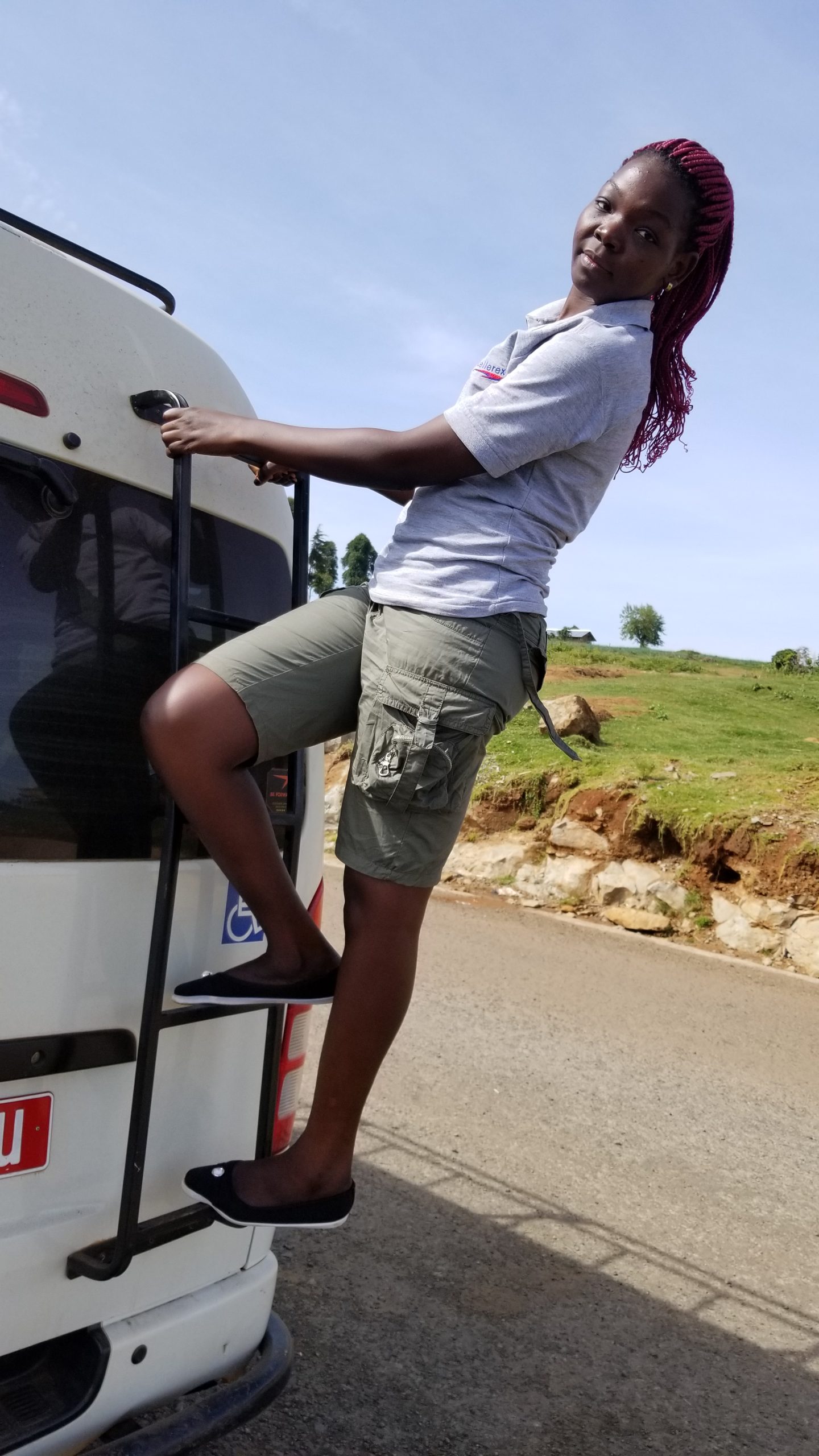Amboseli National Park: A Jewel of Kenya’s Wildlife
Amboseli National Park is one of Kenya’s most iconic safari destinations, renowned for its stunning views of Mount Kilimanjaro and its thriving populations of elephants. Located in southern Kenya, near the Tanzanian border, Amboseli covers an area of 392 square kilometers, making it a relatively small park compared to other Kenyan reserves. However, its compact size does not diminish its significance; Amboseli is home to some of the most diverse and captivating wildlife encounters in Africa.
History and Geography Of Amboseli National Park
Amboseli’s name originates from the Maasai word “Empusel,” which means “salty dust.” The park sits in the shadow of the majestic Mount Kilimanjaro, the highest mountain in Africa, which towers at 5,895 meters (19,341 feet). While Kilimanjaro is technically located across the border in Tanzania, the mountain dominates the Amboseli landscape, offering visitors postcard-worthy views of snow-capped peaks contrasting with the dry savannah below.
Amboseli National Park was established as a reserve in 1906 before gaining national park status in 1974. In 1991, the park was designated a UNESCO Biosphere Reserve in recognition of its unique ecosystem and cultural significance. The park is fed by underground rivers that stem from Kilimanjaro’s melting snow, which, in turn, supports the park’s water bodies and vegetation, crucial for sustaining its wildlife.
Wildlife and Elephant Conservation in Amboseli National Park
Amboseli is best known for its large elephant herds, and the park is considered one of the best places in Africa to observe these gentle giants up close. The elephants of Amboseli have been the subject of extensive research, most notably by Dr. Cynthia Moss, a leading elephant conservationist. Her research has provided invaluable insights into elephant behavior, family structures, and their interactions with the environment.
The elephants in Amboseli are particularly iconic due to their large size and distinctive long tusks. The abundance of water from underground springs nourishes the park’s vegetation, which allows the elephants to thrive even in the dry seasons. The park is a sanctuary for these creatures, offering them protection from poaching, which has decimated elephant populations in other parts of Africa.
Aside from elephants, Amboseli is home to a wide variety of wildlife, including:
- Lions: These apex predators roam the savannah, often seen lounging in the shade or stalking prey.
- Cheetahs: Known for their speed, cheetahs can be spotted hunting in the open grasslands.
- Buffaloes, Zebras, and Wildebeest: These grazing herbivores are common throughout the park, forming the prey base for the park’s carnivores.
- Hyenas and Jackals: Scavengers like spotted hyenas and jackals are often seen following predators or cleaning up after kills.
- Birdlife: Amboseli is also a birdwatcher’s paradise, with over 400 recorded species, including flamingos, pelicans, kingfishers, and African fish eagles.
The seasonal swamps and marshes, created by Kilimanjaro’s meltwater, play a vital role in supporting this biodiversity. These water sources provide a lush contrast to the otherwise dry and dusty plains, attracting animals year-round.
Scenic Beauty and Mount Kilimanjaro
One of the most breathtaking features of Amboseli is the view of Mount Kilimanjaro, which provides a stunning backdrop for wildlife photography. The sight of elephants silhouetted against the snow-capped peak of Kilimanjaro is one of the most iconic images in African safari tourism.
Visitors often rise early to witness sunrises over the mountain, as the first rays of light illuminate Kilimanjaro’s summit and gradually bathe the park in a golden hue. The dramatic contrast between the towering mountain and the flat, arid plains of Amboseli creates an unparalleled landscape, perfect for photographers and nature enthusiasts alike.
Maasai Culture and Community
Amboseli is not only rich in wildlife but also in culture. The Maasai people, one of Kenya’s most famous indigenous groups, live around the park’s borders. Known for their vibrant red clothing, beadwork, and rich traditions, the Maasai have coexisted with the wildlife of Amboseli for centuries. They maintain a pastoral lifestyle, herding cattle and living in traditional villages called manyattas.

Visitors to Amboseli have the opportunity to learn about Maasai culture by visiting Maasai villages, where they can interact with the community, watch traditional dances, and purchase handmade crafts. The Maasai play a significant role in the conservation of Amboseli, as they work with park authorities to promote sustainable tourism and protect the environment from degradation.
Conservation Challenges and Initiatives in Amboseli National Park
Despite its beauty and abundant wildlife, Amboseli faces significant conservation challenges. Human-wildlife conflict is a persistent issue, especially as human populations around the park continue to grow. Livestock grazing and land encroachment can lead to clashes between local communities and wildlife, particularly elephants, which sometimes destroy crops.
To address these challenges, Amboseli is part of several conservation initiatives aimed at mitigating human-wildlife conflicts and promoting coexistence. The park works closely with local communities to educate them about the importance of conservation and to provide alternative livelihoods through eco-tourism. Elephant corridors have also been established to ensure that elephants can migrate safely between Amboseli and other nearby reserves, such as Tsavo.
Getting to Amboseli National Park
 Amboseli National Park is easily accessible by road and air, making it a popular destination for both local and international tourists. The park is located about 240 kilometers (150 miles) southeast of Nairobi, and visitors can reach it in about four hours by road or via a short flight from Nairobi to Amboseli’s airstrip.
Amboseli National Park is easily accessible by road and air, making it a popular destination for both local and international tourists. The park is located about 240 kilometers (150 miles) southeast of Nairobi, and visitors can reach it in about four hours by road or via a short flight from Nairobi to Amboseli’s airstrip.
Accommodations in and around the park range from luxury lodges to tented camps, catering to a wide range of travelers. The park is especially popular with photographers and wildlife enthusiasts, who come for the iconic Kilimanjaro backdrop and excellent game viewing opportunities.
The strategic position of Amboseli national Park attracts visitors from all corners of the world. The park can be accessed by both air and road. Since Nairobi is the beginning point of most Kenya safaris, many visitors to the park, are usually picked international visitors and picked by tour operators from either Jommo Kenyatta airport or Wilson Airport in a customized jeep, then driven to the Park. While those on self drive , can easily drive their adventure on their own to the Park. It is also possible to join from others parks like Tsavo-which is just 8km from Amboseli.
By air, flights can also be arranged from Nairobi Wilson Airport to Amboseli Airstrip. check out our car rental services of Self-drive Kenya.
Best Time to Visit Amboseli National Park
Although one cannot get tired of visiting Amboseli National Park throughout the year, the best time to visit the park is during the dry months of June, July, August, September, October, January and February. While some people prefer the wet/low season because of the reduced prices of lodges.
Wildlife in Amboseli National Park
The park is famous for being the best place in the world to get close to free-ranging elephants. Other attractions of the park include opportunities to meet Maasai and visit a Maasai village. The park also has views of Mount Kilimanjaro, the highest free-standing mountain in the world.
Amboseli National Park offers some of the best opportunities to see African wildlife because the vegetation is sparse due to the long, dry months. The protected area is home to African bush elephant, Cape buffalo, impala, lion, cheetah, spotted hyena, Masai giraffe, Grant’s zebra, and blue wildebeest
Park Rules for Self Drive Travelers
Amboseli National Park Management committee has several rules to protect the wildlife: Never leave the vehicle, except at designated spots; do not harass the animals in any way; always keep to the tracks; no off-road driving; and always give the animals the right of way.
Available Fleets for Rental to Amboseli Safari
Get the best deals on how to book a car rental on self-drive or with driver to Amboseli National Park at the most affordable price from Self Drive Kenya.
Accommodations in Amboseli National Park
Amboseli national Park has accommodations: including Elerai Camp , Tortilis camp, Kili Spring Camp, Sarova Hotels, Resorts & lodges, The Cliff Camp, Elephant Watch Camp, Governor’s Camp, Uzima cottages, Tulia Amboseli safari Camp, Kibo Safari Camp among others.
Amboseli National Park Accommodations are classified into luxury, midrange and budget or low cost. The high end(Luxury) accommodations(lodges or hotels) have at least 4 stars, mid range contains 3, while budget ranges between 1-2 stars.
These accommodations have been built to fit in today’s international market standards of all travelers coming into the country.
These accommodations are mainly permanent cottages, permanent tents, safari tents and mobile tents, each categorized under single room occupancy, triple room occupancy and double room occupancy.
Single room occupancy takes in 1 person, double occupancy for 2 people with 1 king size bed while the triple occupancy takes in 3 to 4 persons
The single room accommodates one person, double for a couple with one king-size bed and triple for 3 or 4 persons with two bedrooms, yet for the family tent or Cottage it between four to 8 people fit in depending on the size of the tent or cottage.
While majority of these rooms are self-contained featuring clean bathrooms, flushing toilets, showers (both hot and cold), the luxury accommodations have got extra amenities like swimming pool, gym, sauna and others that guests can access freely during their stay at the hotel.

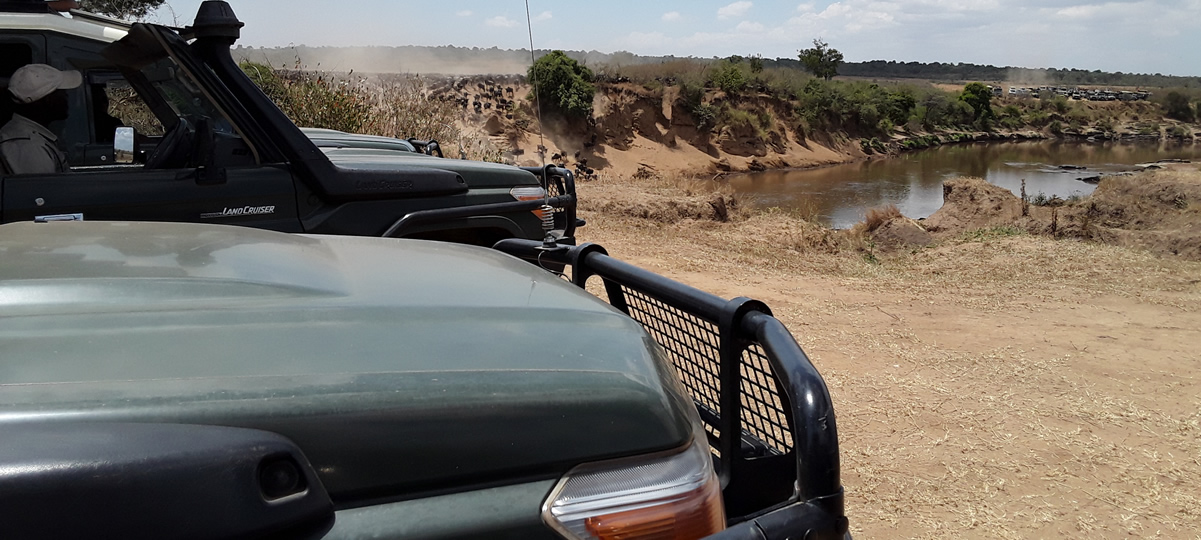
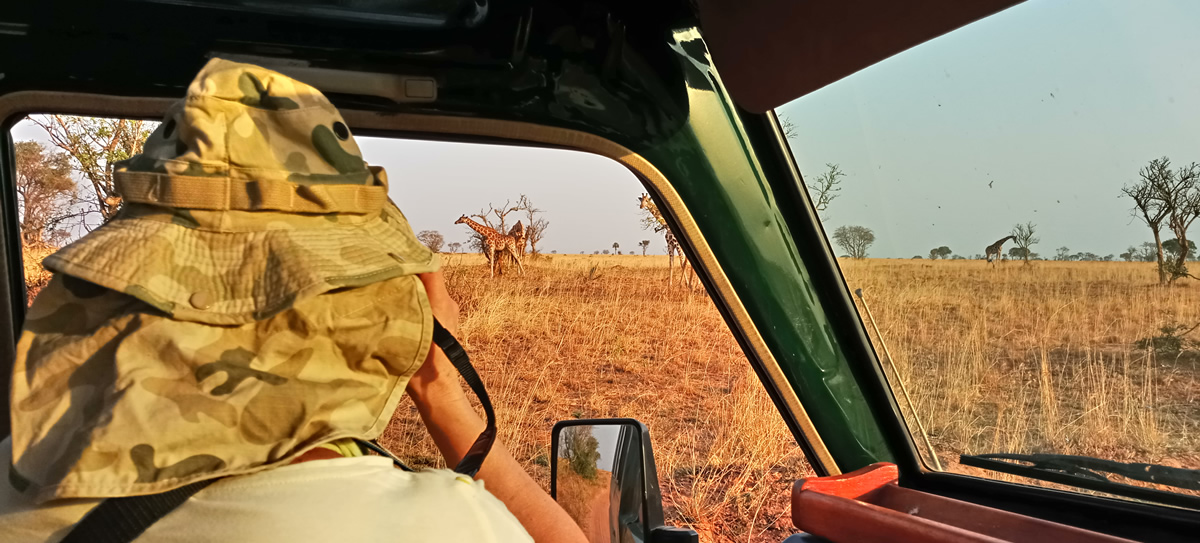
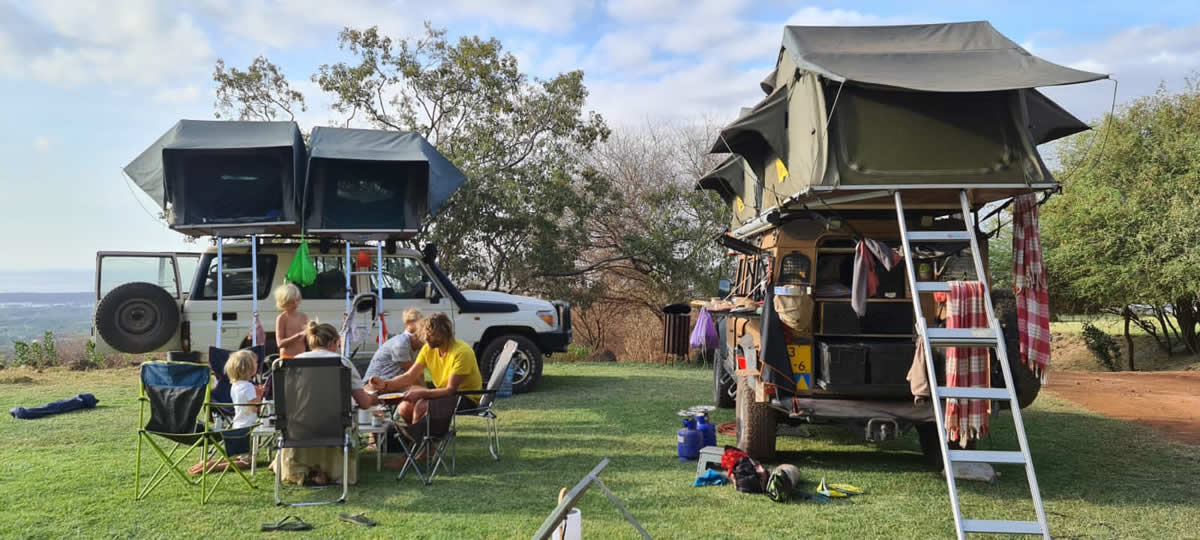
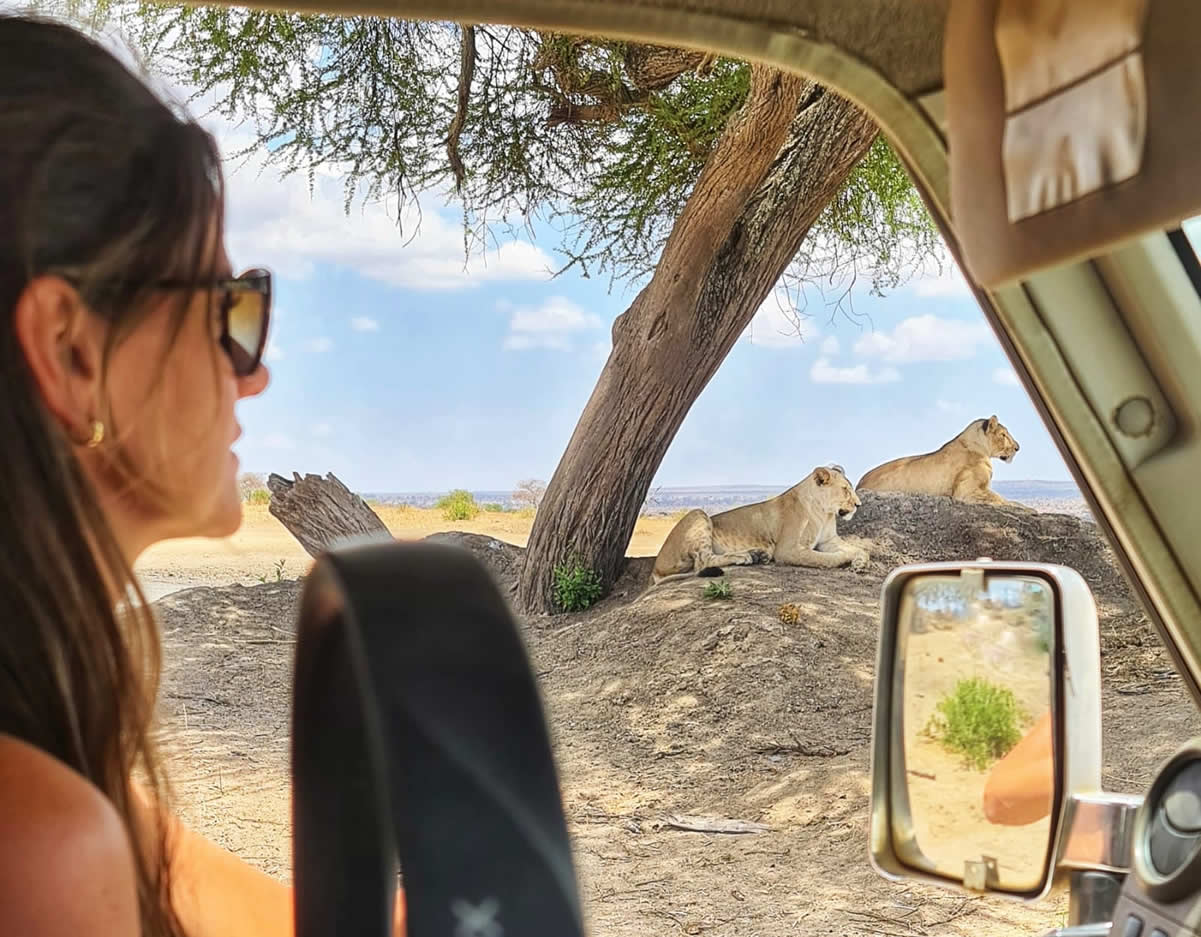
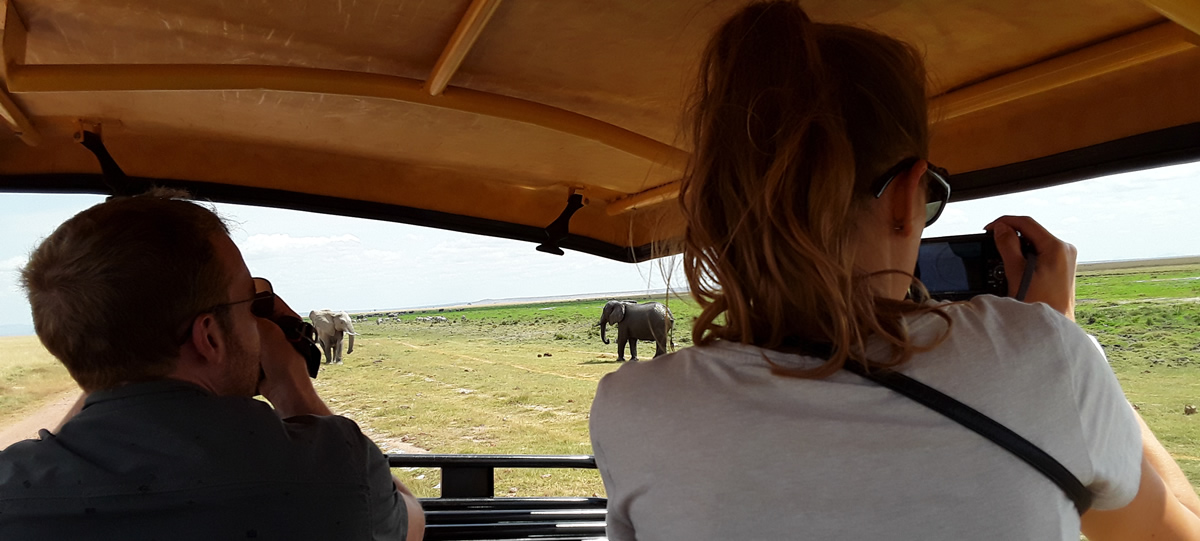
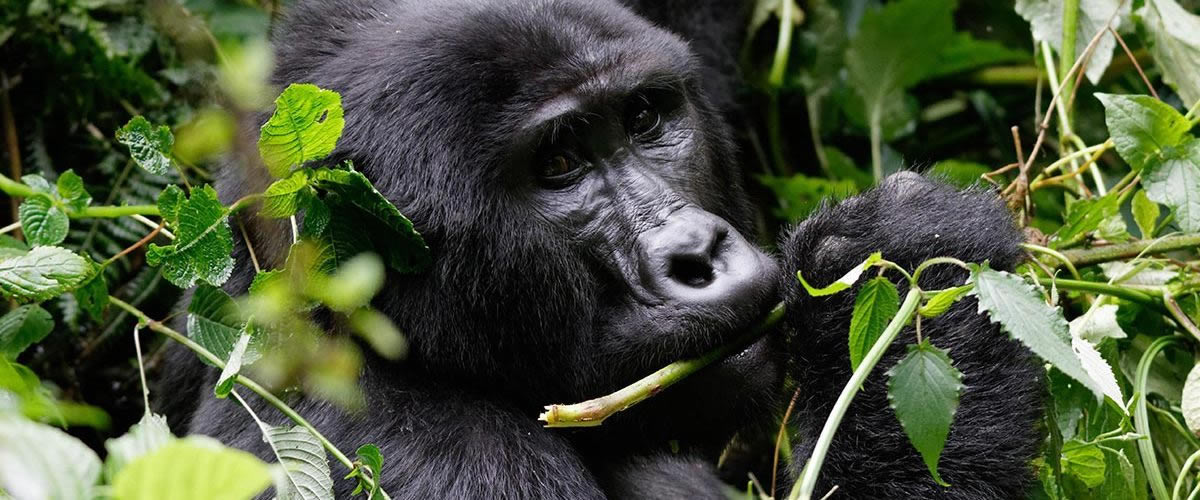



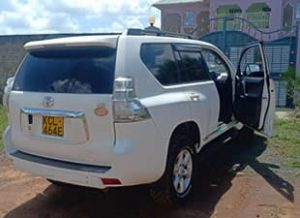
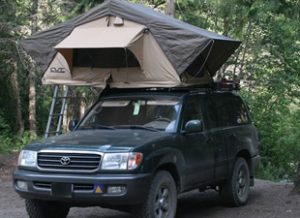
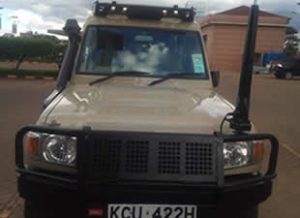 Book Toyota land cruiser hardtop with/without pop up roof for wildlife watching in amboseli national park which is good place to visit for combined wildlife viewing against the beautiful Mount Kilimanjaro sceneryday
Book Toyota land cruiser hardtop with/without pop up roof for wildlife watching in amboseli national park which is good place to visit for combined wildlife viewing against the beautiful Mount Kilimanjaro sceneryday
